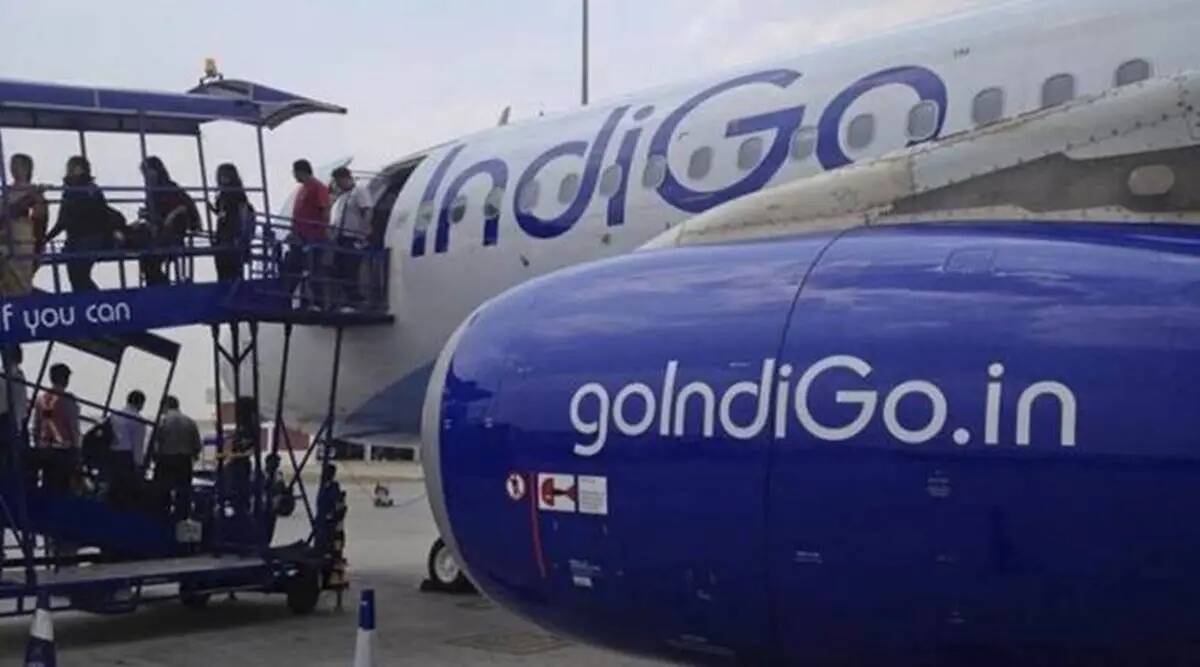An IndiGo-operated ATR 72-600 aircraft landed at Kishangarh airport Thursday, using an approach process guided by India’s own satellite-based augmentation system named GAGAN, or GPS-aided GEO Augmented Navigation. With this trial landing at the small airport near Ajmer in Rajasthan, India joined a small group comprising the US, Japan and Europe with its own satellite-based augmentation system (SBAS).
While the SBAS developed by the US, Japan, Europe and India are already operational, there are several more under development. These include China’s BeiDou SBAS, South Korea’s Korea Augmentation Satellite System (KASS), Russia’s System for Differential Corrections and Monitoring (SDCM), and the Southern Positioning Augmentation Network (SPAN) of Australia and New Zealand.
The test flight that landed at Kishangarh is a part of the approval process with aviation safety regulator DGCA, which includes training of pilots, validation of approach and simulator sessions. The flight was performed with a DGCA team on board and after the approval, the procedure will be available for usage of commercial flights.
The SBAS is a navigation system, which builds on the Global Navigation Satellite Systems (GLONASS), and adds to the accuracy and integrity of these navigation tools. For aircraft operators, both civilian and military, it means that pilots can land aircraft at smaller airports and airstrips using navigation guidance without expensive instrument-based landing systems being installed on the ground.
According to a senior official at the Airports Authority of India (AAI), guided approaches made using GAGAN are “operationally nearly equivalent” to ILS Category-1 without “the need for ground-based navigational infrastructure”.
Explained
Other sectors too benefitWhile GAGAN is primarily meant for aviation, it will provide benefits to several other segments such as intelligent transportation, maritime, highways, railways, security agencies, telecom, etc. Once fully rolled out, it will make several smaller airports such as those in the North-East capable of having compliant aircraft land in low-visibility scenarios.
“Number of airports including airports under Regional Connectivity Scheme (RCS) are being surveyed for development of GAGAN-based instrument approach procedures, so that suitably equipped aircraft can derive maximum benefit in terms of improved safety during landing, reduction in fuel consumption, reduction in delays, diversions and cancellations etc,” the AAI said in a statement.
The Directorate General of Civil Aviation (DGCA) had set a deadline of July 1, 2021 for all India-registered aircraft to be equipped with GAGAN-compliant instruments. According to a government source, most of India’s fleet is now compliant with GAGAN standards. The only exception is the Boeing 787 aircraft, which are operated by Air India and Vistara.
GAGAN uses a system of ground stations – in Delhi, Guwahati, Kolkata, Ahmedabad, Thiruvananthapuram, Bengaluru, Jammu and Port Blair – to provide necessary augmentation to the GPS navigation signal. A network of precisely surveyed ground reference stations is strategically positioned across the country to collect GPS satellite data. Using this information, the master control centre in Bengaluru generates messages to correct any signal errors. These correction messages are then uplinked and broadcast through geostationary communication satellites to receivers on board aircraft using the same frequency as GPS.
The GAGAN system has been developed by the AAI and the Indian Space Research Organisation, and in addition to the aviation use-case, can be deployed in several other areas. “AAI in coordination with Indian National Centre for Ocean Information Services (INCOIS) has implemented GAGAN Message Service (GMS) through which alert messages to fishermen, farmers, and disaster affected people will be sent on the occurrence of natural disasters, calamities, such as flood, earthquake etc. The additional capabilities of GAGAN are also being explored to utilize it in non-aviation field such as railways, surveying, agriculture, power sector, mining etc,” the AAI said in a statement.

